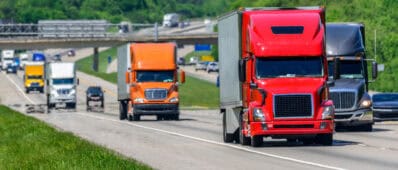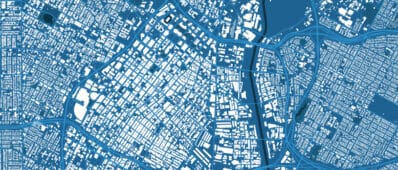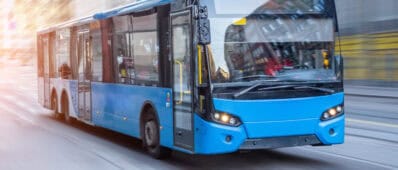Abstract
Heavy-duty vehicles comprise a variety of vocations whose distinct operational requirements create different activity patterns. Understanding these differences will allow development of appropriate energy and emission reduction strategies.For instance, many heavy-duty diesel vehicles employ the selective catalytic reduction (SCR) to meet the new 2010 emission standards for nitrogen oxides (NOX). Typically, SCR needs to be at least 200 OC before significant NOX reduction is achieved. Some activity patterns may increase the frequency with which this temperature requirement is not met such as during start-up and idling.Similarly, the electrification of heavy-duty vehicles is a promising pathway for energy independence and emissions reduction but is complicated by the trade-off between battery size and the driving range necessary for specific operating goals. Detailed knowledge of activity patterns can therefore inform what vocational uses of these vehicles are suitable candidates for electrification.



